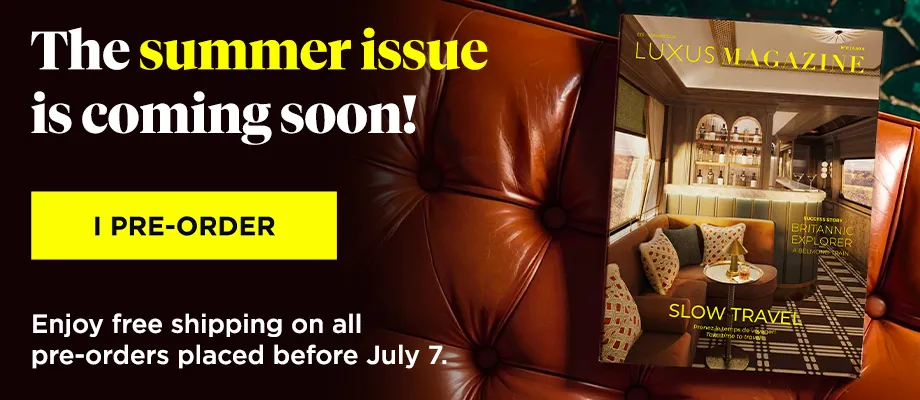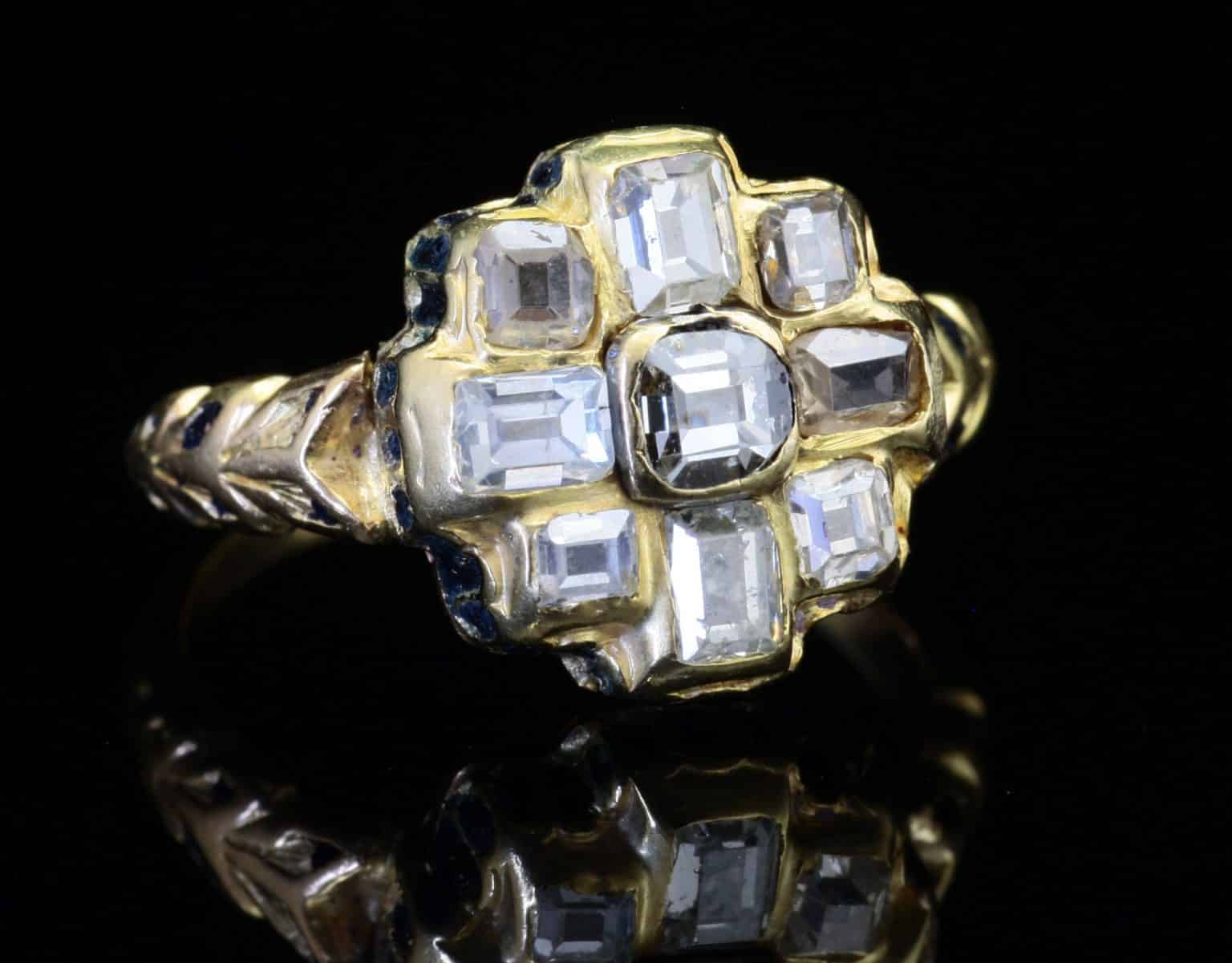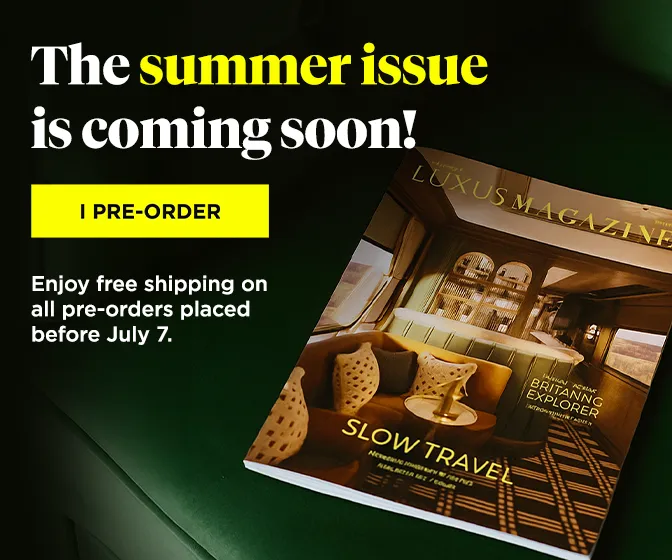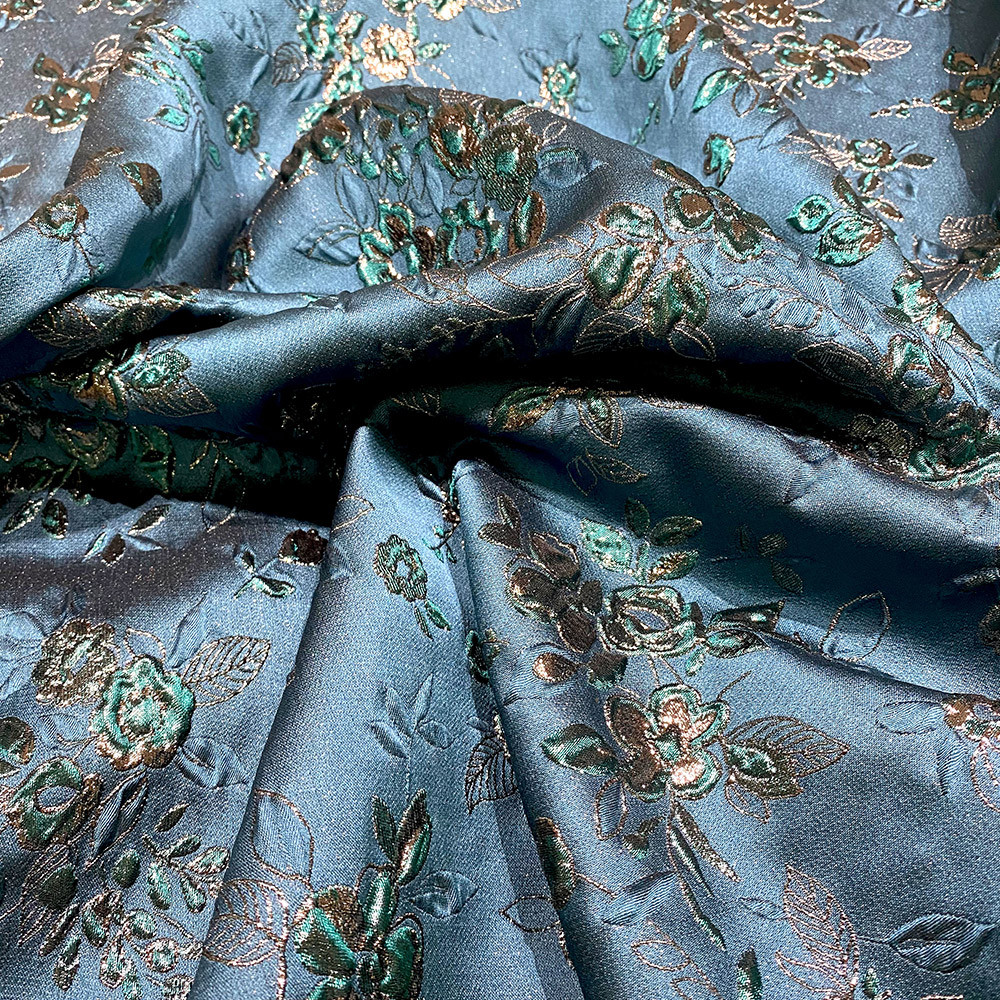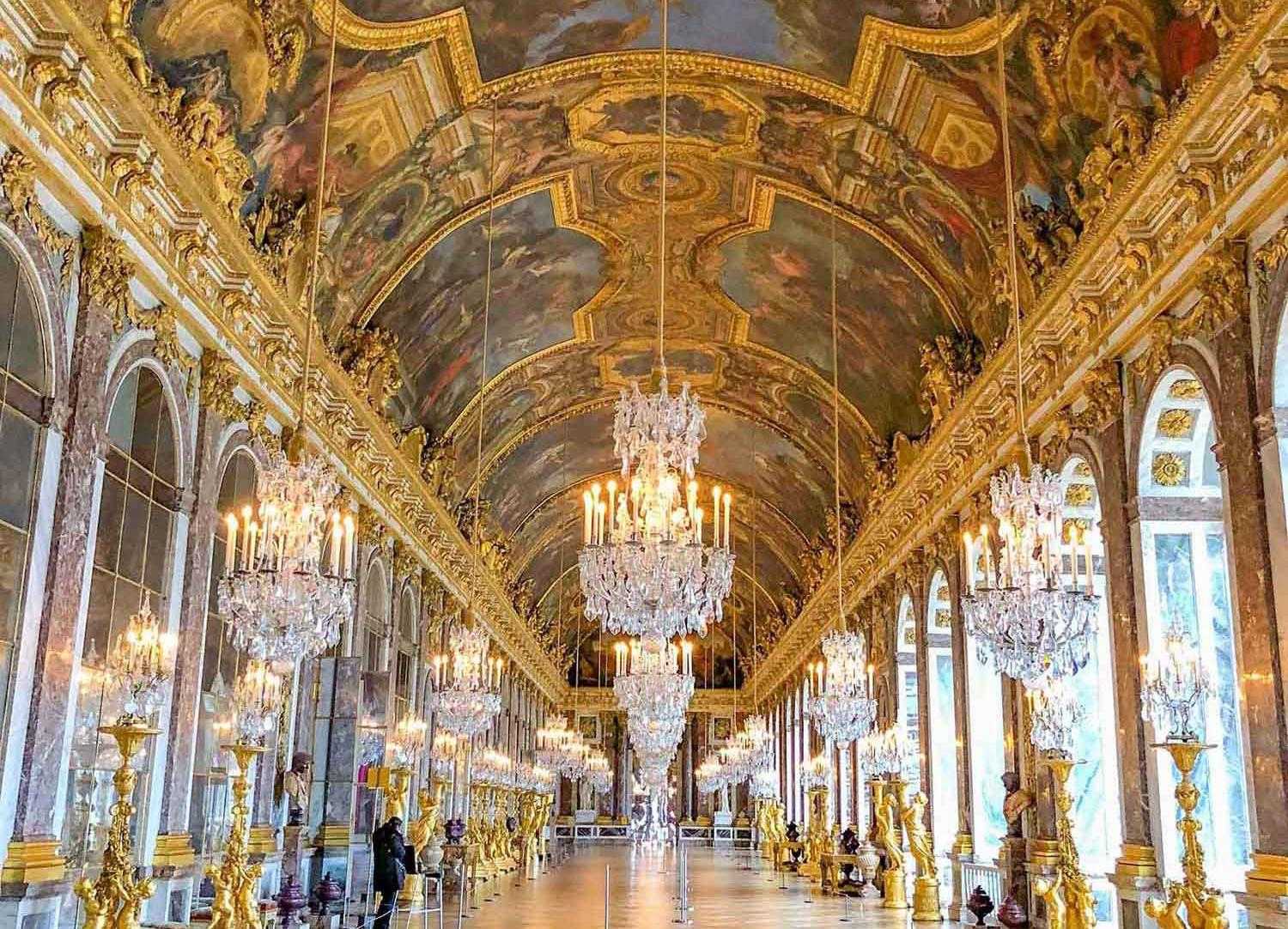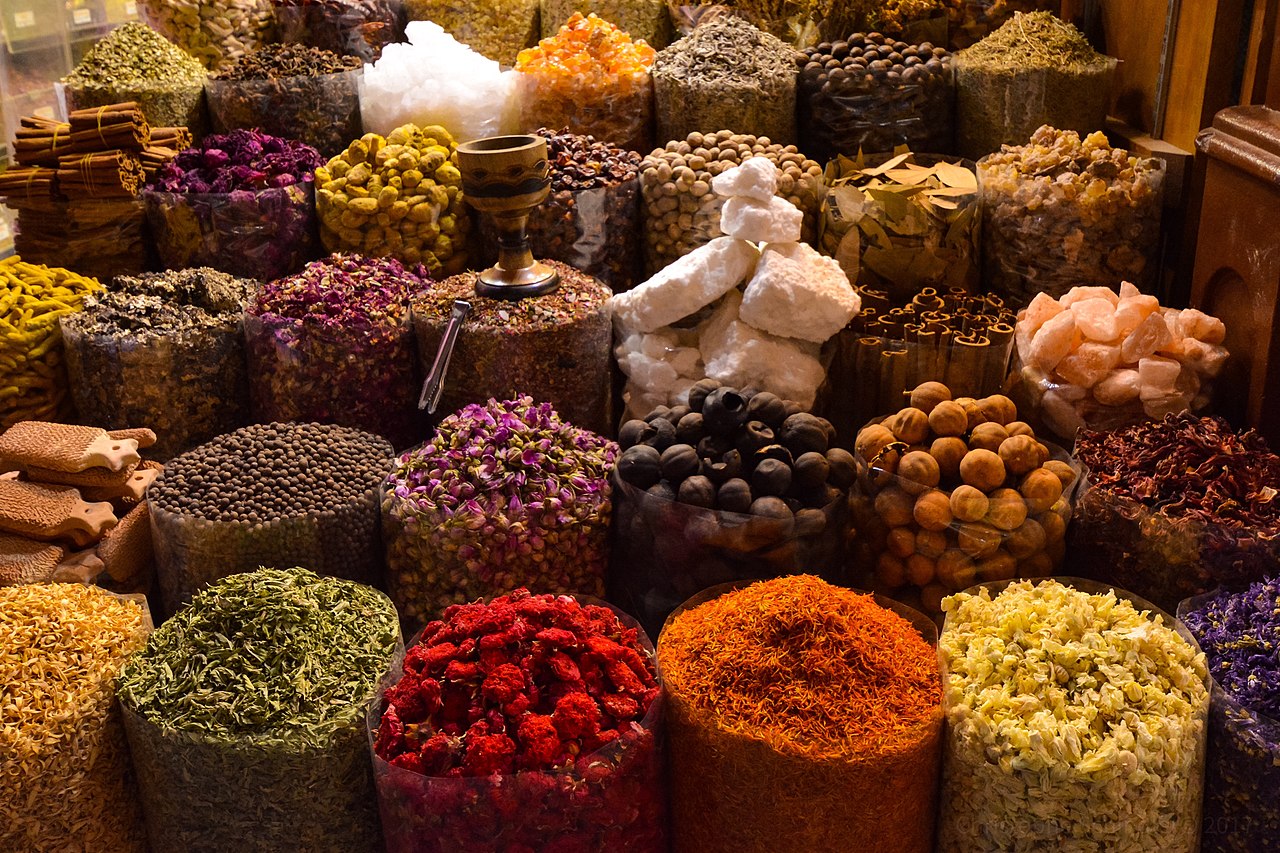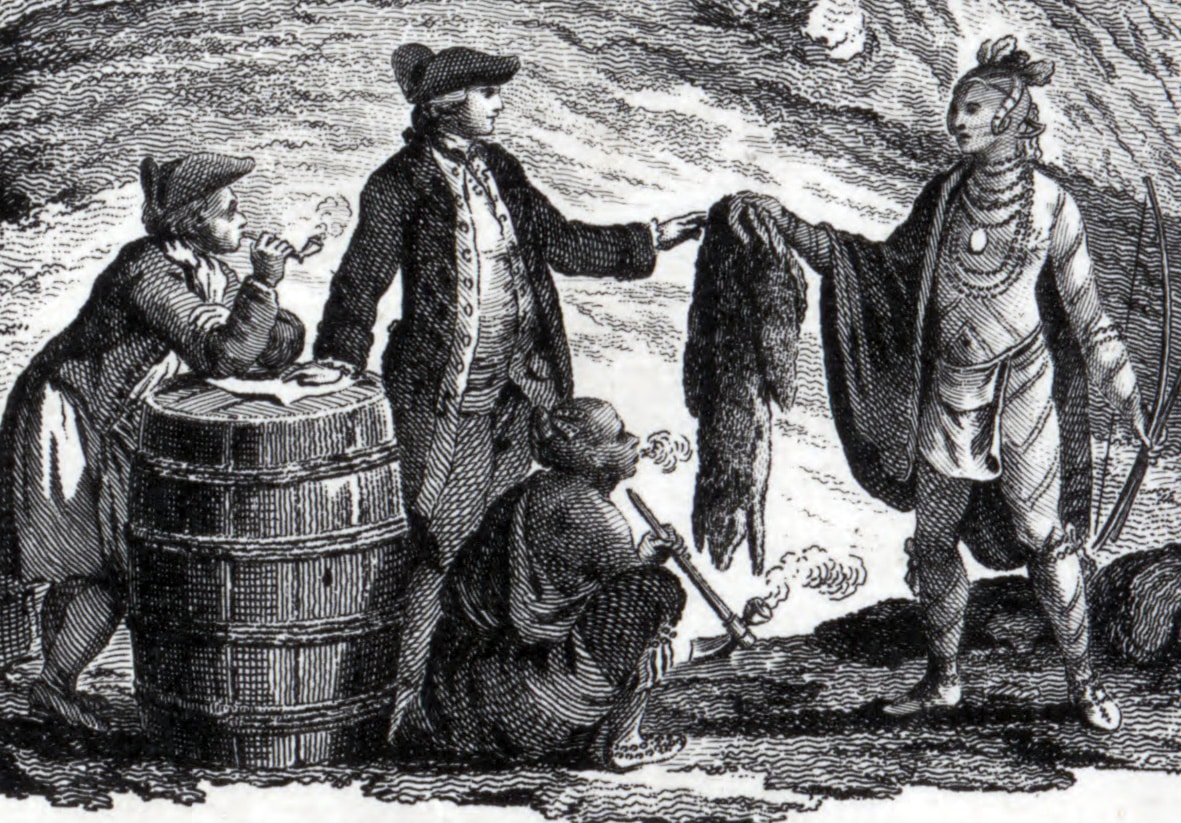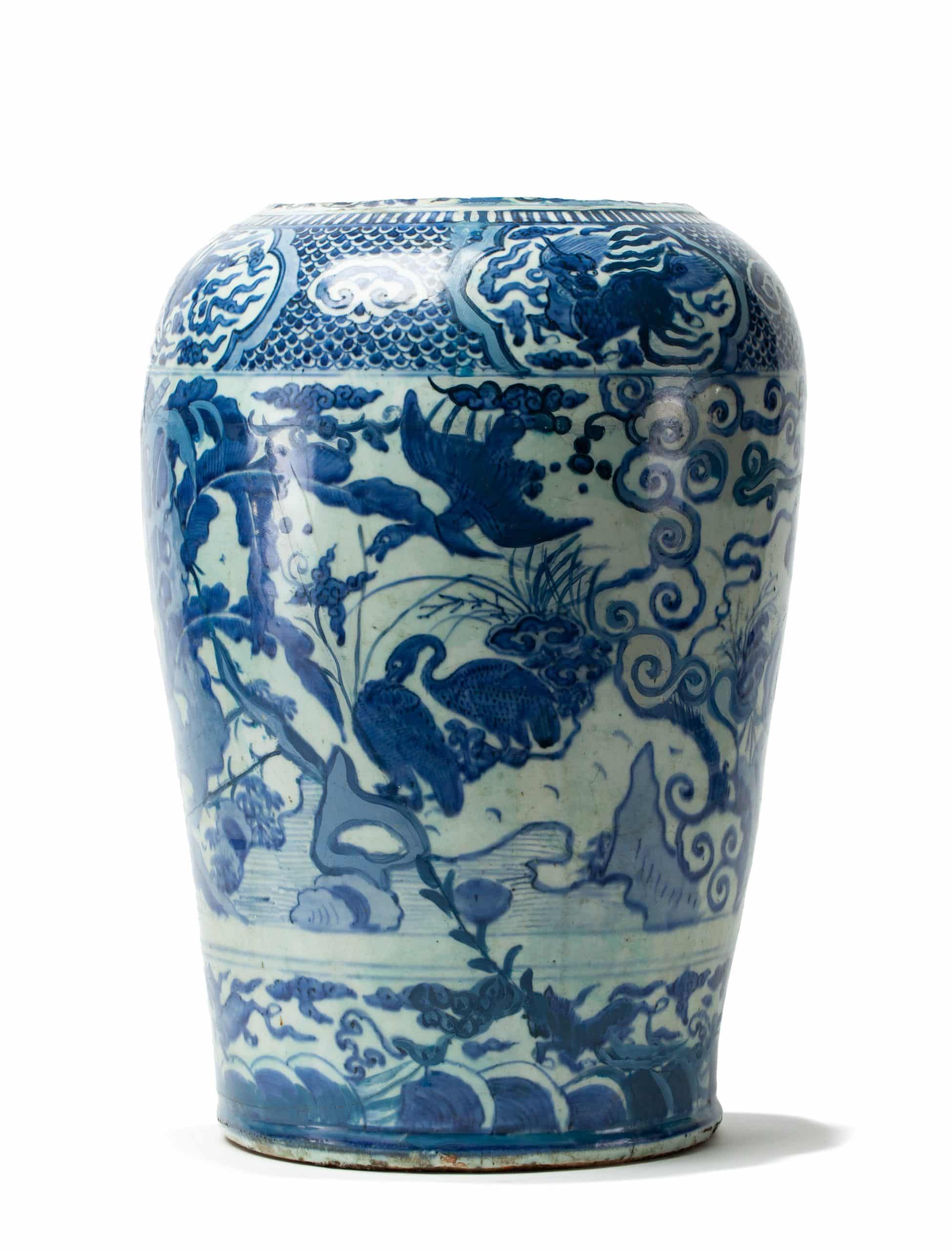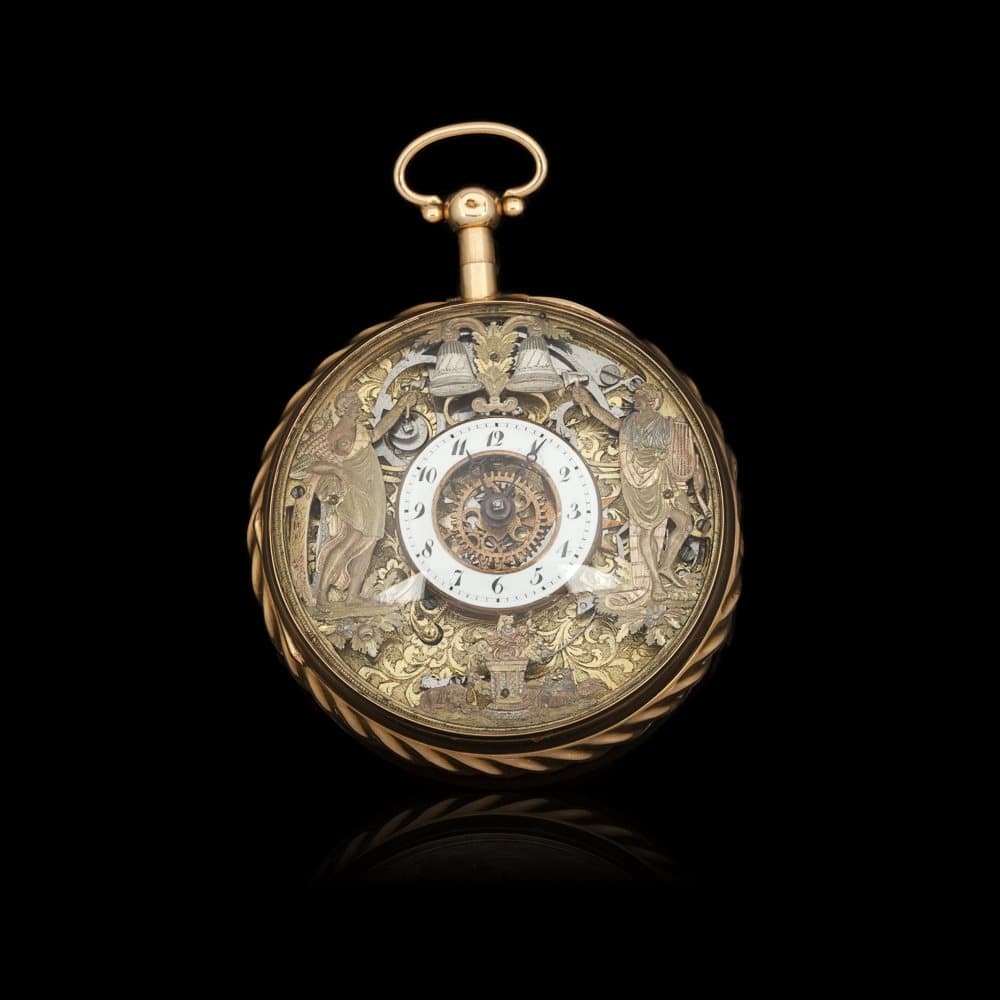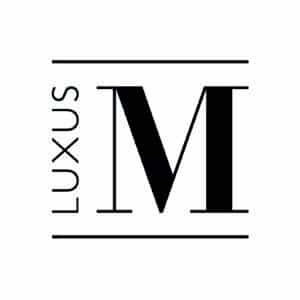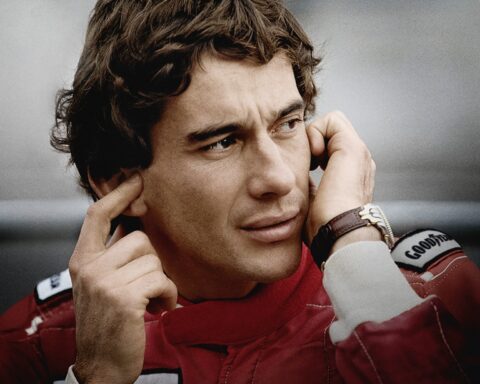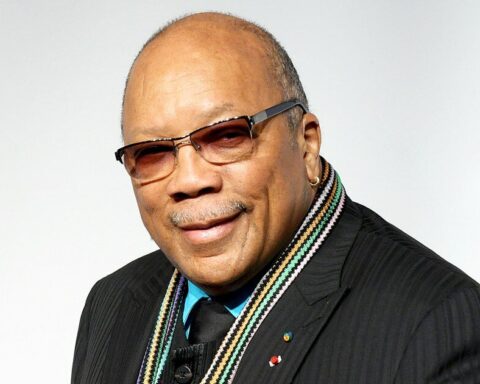The modern era (from 1492 to 1789) is a great period of evolution in history, and particularly in luxury. With the discovery of new lands, the sophistication of techniques and the development of commercial relations, the luxury market probably experienced a golden age. Discover in this new episode the actors and the powers at stake, as well as the coveted goods of the modern era.
Did you know that the modern period is surely the most prolific in our history? During this period, luxury goods underwent a real expansion, marked by strong economic growth and major technological and artistic advances. This period is indeed characterized by the emergence of a class of rich merchants and kings who compete in the acquisition and display of luxury goods.
Often used to impress and intimidate others, luxury in the broadest sense of the term was the subject of a veritable “arms race”, where each generation sought to outdo the previous one.
The emergence of empires and dynasties
The Ottoman Empire took an undeniable place in the trade of luxury goods, notably because of its strategic geographical position between the East and the West. It developed a flourishing textile industry, with high quality silk and cotton fabrics exported throughout Europe. On the old continent, the Medici established themselves as a great political power. A powerful 16th century family that ruled the city of Florence for many years, the Medici financed renowned artists and craftsmen such as Michelangelo and Leonardo da Vinci. The family’s great wealth allowed them to invest in the textile industry, producing luxurious silk and brocade fabrics that were popular in Europe.
In France, luxury reached its peak thanks to the royal family, and in particular under Louis XIV. He created a sumptuous court at Versailles, which became the center of the luxury industry in France. To meet the needs of the royal court and the high nobility, luxury goods such as jewelry, fabrics, furniture and decorative arts were produced in abundance. Louis XIV’s Minister of Finance, Jean-Baptiste Colbert, played a major role. He created royal factories, such as the Gobelins or the Royal Manufacture of Sevres. Financed by the state, these factories aimed to produce high quality luxury goods that could compete with foreign products.
Trade goes global
Continuing from the Middle Ages, Italian city-states, notably Venice, Florence and Milan, were the center of trade and production of luxury goods such as silk, glass and ceramics. Similarly, Amsterdam became an important commercial center in the 17th century, thanks to the maritime power of the Republic of the United Provinces and its global trade network. The city was a trading center for products such as spices, textiles, diamonds and precious metals, as well as for manufactured goods like furniture and musical instruments.
But European powers could not enjoy such sophistication without establishing trading posts. The latter allowed them to support their influence and to produce more and more wealth. India saw its coasts prosper thanks to the Portuguese, English and French trading posts, which maintained the trade of cotton, silk and other luxury products. The Spanish established colonies in South and Central America, where they exploited silver and gold mines as well as cocoa, vanilla and exotic feathers. In Asia, the Dutch established trading posts in Batavia (Jakarta), and began trading in silk and porcelain. French trading posts in North America were also famous in Acadia (Nova Scotia) and Louisiana. While diplomatic relations were sometimes complicated, local trade and the export of furs and sugar helped enrich the kingdom.
At the same time, trading companies developed such as the English East India Company, founded in 1600. Over time, it gained a considerable foothold in world trade in spices, tea, silk and porcelain with Asia, in competition with companies from other European countries.
The appearance of new goods
Jewels and precious stones, fine fabrics as well as luxury furniture had already acquired a certain popularity in the Middle Ages. But new materials or techniques renewed these luxury goods in the contemporary era. Starting with porcelain, imported from China, and the appearance of chinoiserie, an artistic and decorative style inspired by Chinese motifs and themes. In Europe, Chinese motifs are now incorporated into the design of furniture, textiles and other decorative objects, creating a unique fusion of Chinese and European styles.
Watchmaking also made its appearance, including pocket watches. These were a status symbol and were often made from precious materials such as gold and silver. Finally, during the Renaissance, works of art (paintings, sculptures…) were extremely prized by rich and powerful patrons to decorate their homes and palaces.
With such an expansion, luxury had a significant impact on society, economy and culture but it also contributed to its transformation. It thus reinforced class distinctions and created marked differences between rich and poor. This was long before the arrival of affordable luxury…
Read also >THE GREAT EPIC OF LUXURY (EPISODE 3) : THE MIDDLE AGES
Featured photo : © Pinterest

